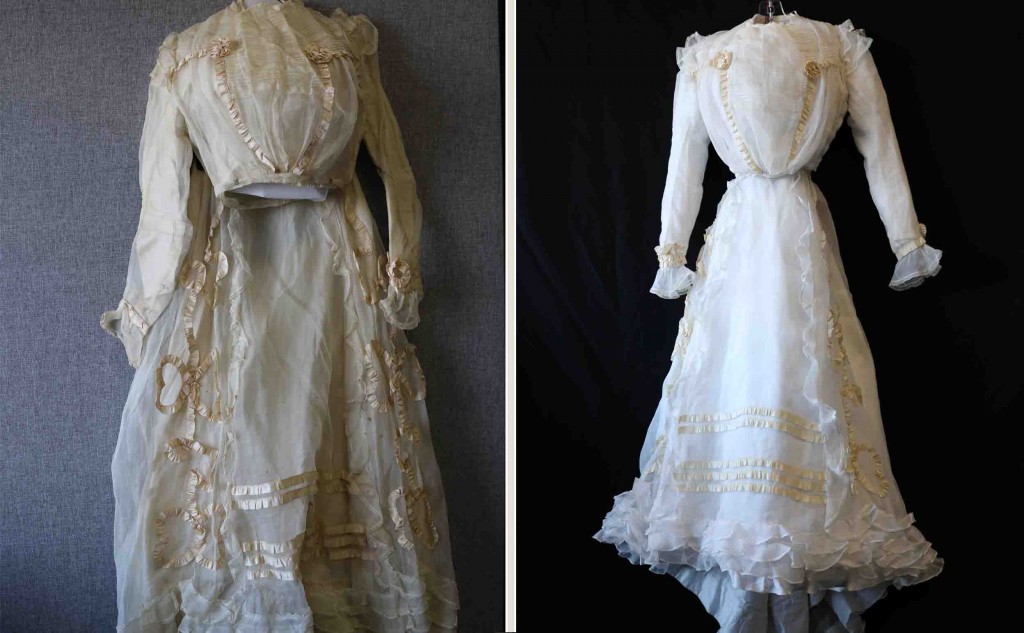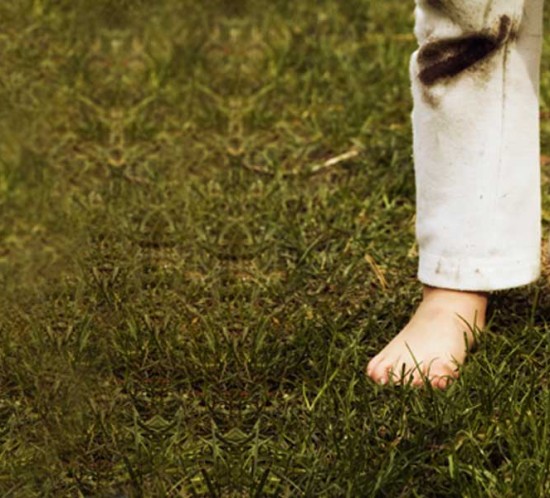What’s up with Dryer Sheets?
Dryer Sheets: How they’re Made and Why we use them.
You use them every wash cycle, but do you really know why? Are dryer sheets doing anything to your clothes or just a force of habit? Let St Croix Cleaners break it down from the beginning.
Dryer Sheers were invented in the late 1960s, by Conrad Gaiser and his wife Audrey. They lived on the top floor of an apartment duplex with the laundry all the way on the ground floor. Audrey would have to run at the last minute to get the fabric softener in the load before it dried completely! Conrad, who worked in the cleaning industry for quite some time wanted to make things easier on his wife. He applied fabric softer to sheet fabric and named his creation the Tumble Puff. (Source: C&EN) He sold his invention to Proctor & Gamble in 1969 and after a few changes, it became known as the Bounce dryer sheet we see in stores today!
Now, what are they really doing to your clothing? For the most part, dryer sheets reduce static electricity in clothes. When two materials rub together like a sweater & a top they can build up an electrical charge. This can cause the loss of electrons from one fabric to another. With too few electrons the items get a positive charge, and with too many, the garment gets a negative charge. As the saying goes “Opposites Attract”, two garments stick together ie. Static Cling. Dryer Sheets prevent this process from happening by balancing the electrons with positive ions. They also reduce the soap residue that may be left on the garments from washing. When soap residue is left on the garments, soap eventually breaks down the fibers, giving your clothes a shorter lifespan.
How are dryer sheets made? They start off as a non-woven polyester material coated with a softening agent and fragrance. There is very little difference between brands, usually only the surfactant that is used is different. A surfactant is a compound of fatty acids that contains a positive charge. (Source: ACS) Some dryer sheets may also contain a calcium clay, this just protects your clothing from getting any stains from the fabric softener on the dryer sheet if it releases the surfactant to early!
If you don’t want to use a dryer sheet, the best way to reduce the electricity is take your clothes out of the dryer before they dry completely. Water is an excellent conductor so it gets rid of the charge before it can build up. There are also lots of recipes online for homemade dryer sheets that are a bit softer on your clothes and the environment for those not wanting to use the store bought dryer sheet.
Whether you use a dryer sheet for just the laundry, for everything from the kitchen sink, or not at all, the dryer sheet has a long and interesting history! The laundry world is always coming up with new things, we can’t wait to see where the future of dryer sheets will take us!











